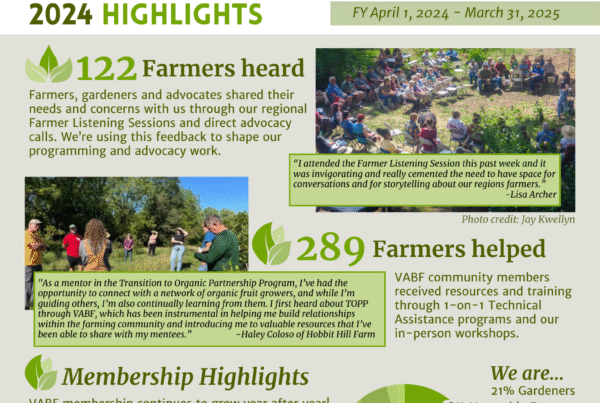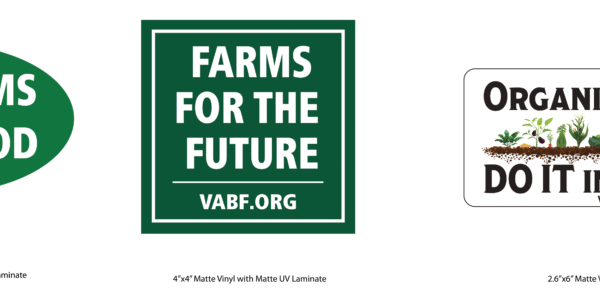By Brent Wills
Those of you who know me know I’m a stickler when it comes to soil health and what that really means. There are lots of practices for farmers and gardeners to achieve soil health: cover cropping, using carbon-based fertilizers, building diversity in the soil microbiome, reducing chemical inputs…and the list gets longer as time goes by and farmers innovate and experiment with ‘new’ methods (many of which are practices that ancient peoples and indigenous populations used for centuries). After all, the four main principles of soil health are to keep the soil covered, reduce disturbance (chemical and physical), maximize diversity and maintain living roots. These principles have a positive effect on soils because they not only attempt to minimize damage done to soils through poor management, but have proven to be reliable ways to heal unhealthy soils and ecological systems.
So when I read an article titled “Smart Soil Can Water and Feed Itself” highlighting recent research done by The University of Texas at Austin, I was a little confused. The research was published in ACS Materials Letters and titled “Self-Irrigation and Slow-Release Fertilizer Hydrogels for Sustainable Agriculture”. The article starts this way: “A newly engineered type of soil can capture water out of thin air to keep plants hydrated and manage controlled release of fertilizer for a constant supply of nutrients.” It then goes on to explain that this ‘smart soil’ system relies on the infusion of a hydrogel material and that it “led to the growth of larger, healthier plants, compared to regular soil, all while using less water and fertilizer.” They even included a handy graphic to show exactly how this process works. Not sure about you, but that huge dose of science makes my head hurt.
While this sounds all, well, sciency, there are several problems with this rationale for growing food, most notably by ignoring what natural or well-managed soil systems actually do for plants. First, we already know how to hold more water in the soil, and the best way to do that is to build organic matter…carbon. That means paying attention to a couple of those soil health principles I mentioned earlier, namely encouraging diversity and living roots, which feeds the soil microbes and builds organic carbon in the soil. Adding some man-made material to the soil and asking me to believe that will work better than the natural system is a bit much.
Second, the article goes on to say that “traditional farming methods, especially irrigation and fertilizing, face significant challenges, including inefficient water usage and environmental land degradation.” Ok, I agree there, but what this article fails to mention is that those ‘traditional’ methods ignore the four principles of soil health and rely heavily on chemicals, subsidies and technology that aren’t necessary to grow food. We consistently observe farm systems that focus on the principles of soil health have improved water holding capacity, cycle nutrients more efficiently and require fewer unnatural inputs to grow the same yields…or better. Besides, how ‘sustainable’ are you if you must purchase a couple tons of hydrogel to mix in with your soil? Not very.
The article mentions several other statistics, from a 138% increase in stem length and 40% water savings compared to a control group in regular soil. I don’t know about you, but I’m not sure what a ‘regular’ soil is. Soils are dynamic ecosystems with lots of things going on, so it’s kinda hard to see how one can come to the conclusion that these smart-soils are better than a healthy, vibrant natural soil system, one that has been around for millennia and up until recently, hasn’t needed us to provide chemicals, additives or hydrogels.
One last note I’ll make before I close: the article ends with the statement that “this work mainly focused on calcium-based fertilizers.” Many of you reading this may have the same reaction I did: adequate calcium in the soil makes just about ALL of the systems work better. Gary Zimmer calls calcium the ‘mother of all nutrients’ because if there isn’t enough calcium in the soil, all the processes of plant growth and decomposition of organic matter are inhibited and yields suffer. My guess is that the beneficial data these researchers recorded may have been as much a result of the fact they were using calcium-based fertilizers and not on account of the hydrogels. Not sure what these hydrogels would cost a farmer, but I know that high calcium lime is pretty cheap and it works!
This whole idea sounds like a solution in search of a problem to me. We are already drowning in technology that is questionable at best, ultimately harmful at worst. We have smart phones and smart cars and smart TV’s and smart you-name-it, so rather than smart soil, why can’t we just be smart about how we manage the soil we are already blessed with? We know how to do it.







